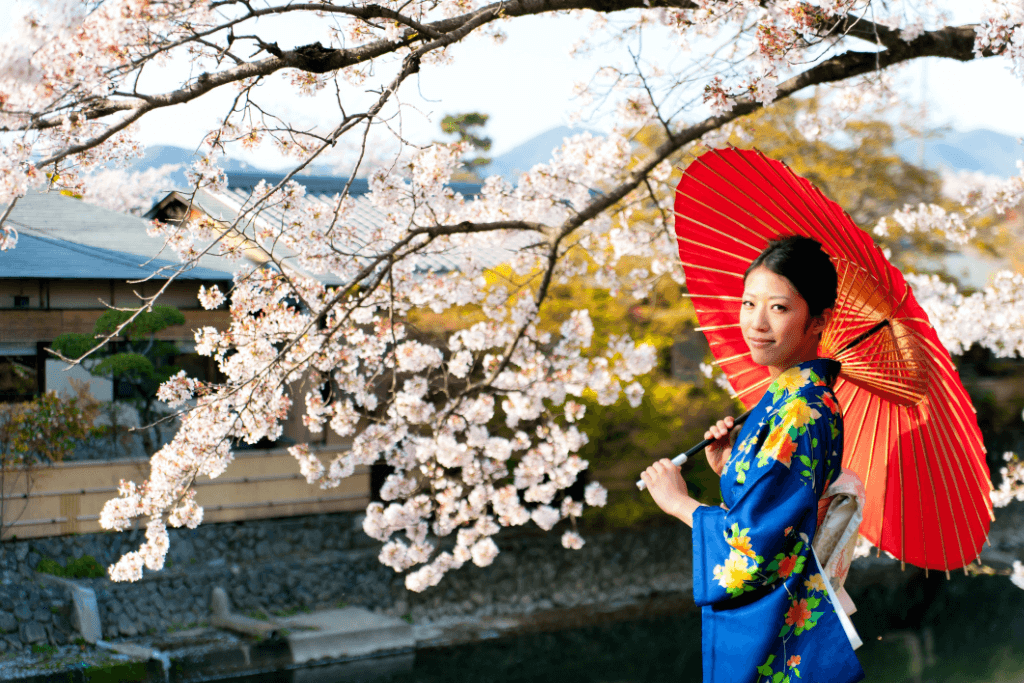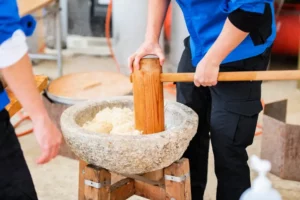The traditional Japanese colors are more than just a visual feast for the eyes – they carry a profound cultural and historical significance that reflects the country’s rich heritage and traditions. Let’s look at these hues and their relationship with Japanese history and culture.
Table of Contents
ToggleUguisucha (Japanese bush warbler brown)
Uguisucha is a traditional color in Japan that is often used in various traditional arts and crafts. It is a greenish-brown hue associated with the Japanese bush warbler, called “uguisu” in Japanese. The bird is a small, plain brown warbler with a distinct voice. It inhabits forest understory, dense shrubland, bamboo thickets, and forest edges.
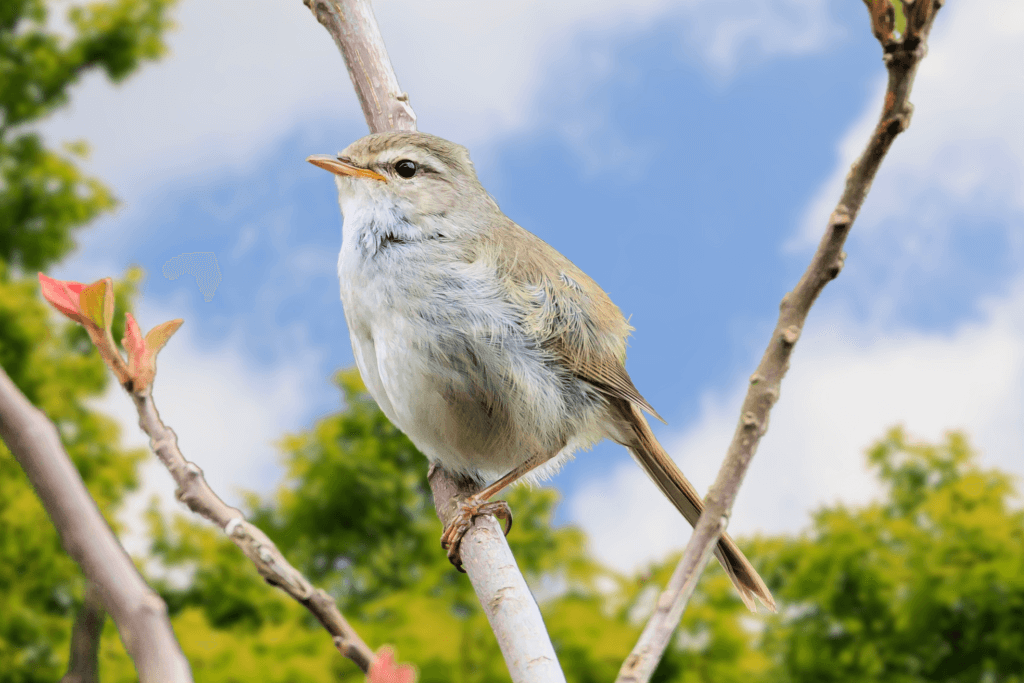
The male bird’s distinctive song begins with a long tone followed by a rapid warble, “uuuuuu-guisu”. This unique and delightful song is a hallmark of the arrival of spring in Japan. Additionally, a neighborhood in Tokyo–Uguisudani (literally “warbler valley”) –also draws inspiration from the same bird.
Rikyushiracha (faded Sen no Rikyu’s tea brown)

Rikyushiracha is a traditional Japanese color that references the tea master Sen no Rikyu. This brewed mustard-brown hue is significant in Japanese art, literature, and textiles, such as kimono. Specifically, Sen no Rikyu is an essential figure in Japanese history and is famous for formalizing the elements and practices of the Japanese tea ceremony in the 16th century. He established tea schools, including some founded by his descendants and students, to pass down the tradition. All in all, Sen no Rikyu’s influence on the tea ceremony and aesthetics has impacted Japanese culture.
Azuki-iro (Azuki bean red)
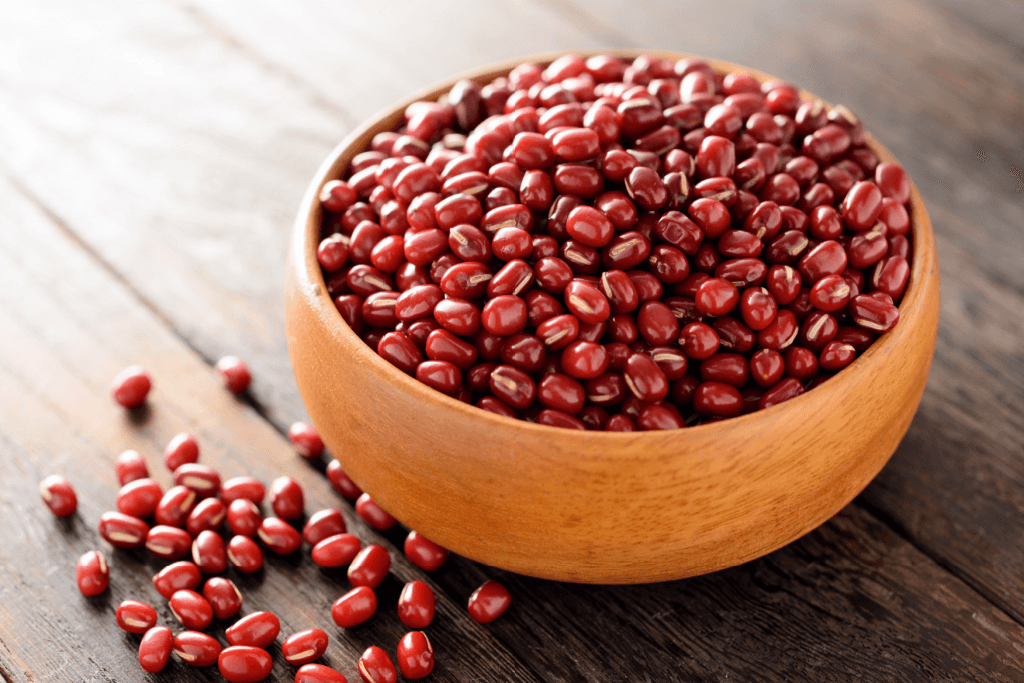
Azuki-iro is a traditional Japanese color that is associated with the azuki bean. This deep, reddish-brown hue is specifically named after the small, reddish-brown legume commonly used in Japanese cuisine. Moreover, the azuki bean is known for its sweet flavor and is used in various dishes, including traditional sweets, soups, and rice cakes. In Japan, the azuki bean especially holds cultural significance and is often associated with good luck and prosperity.
Are you looking for some amazing snacks? Check out Sakuraco! Sakuraco delivers traditional Japanese snacks, teas, sweets, and snacks from Japan to your door every month so that you can enjoy Japan’s taste anywhere!
Kenpozome (legal dye brown)
Kenpozome references the Edo-era swordsman Yoshioka Kenpo. This dark brown color is in traditional Japanese clothing called “Kenpo Zome no Kaidori”. Kenpo Yoshio, a prominent swordsman of Kyoto, invented this attire. People saw it as suitable formal attire and sometimes worn with hakama (trousers) over it. Additionally, people usually wore it with “aigi” (garment worn over an undergarment) of a dark color, and those over 40 years old were to wear white habutae, a thin, soft, durable Japanese silk.
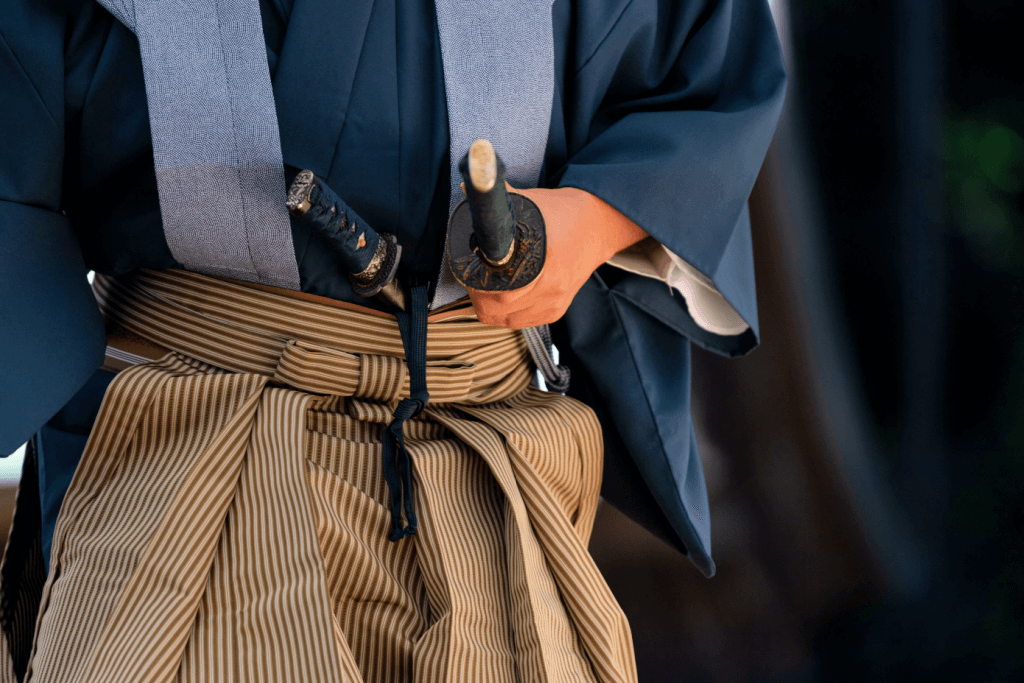
Yoshioka Kenpo was a renowned swordsman of the Edo period in Japan and the head of the Yoshioka-ryu, a famous school of swordsmanship in Kyoto. People noted his exceptional swordsmanship skills and role in the Yoshioka school’s rivalry with the legendary swordsman Miyamoto Musashi.
This rivalry culminated in a duel between the Musashi and Yoshioka schools, in which Musashi emerged victorious. As a result, Yoshioka Kenpo and his school’s story are present in various works of literature and art, making him a prominent figure in Japanese martial history.
Chitosemidori (1000 year old green)
Chitosemidori is a traditional Japanese color that resembles the dark green color of Japanese pine needles. The name “Chitosemidori” comes from the Japanese pine, symbolizing longevity due to its evergreen nature. This color is significant because it represents enduring beauty. According to legend, it remains unchanged even after 1,000 years, reflecting the timeless nature of the Japanese pine.
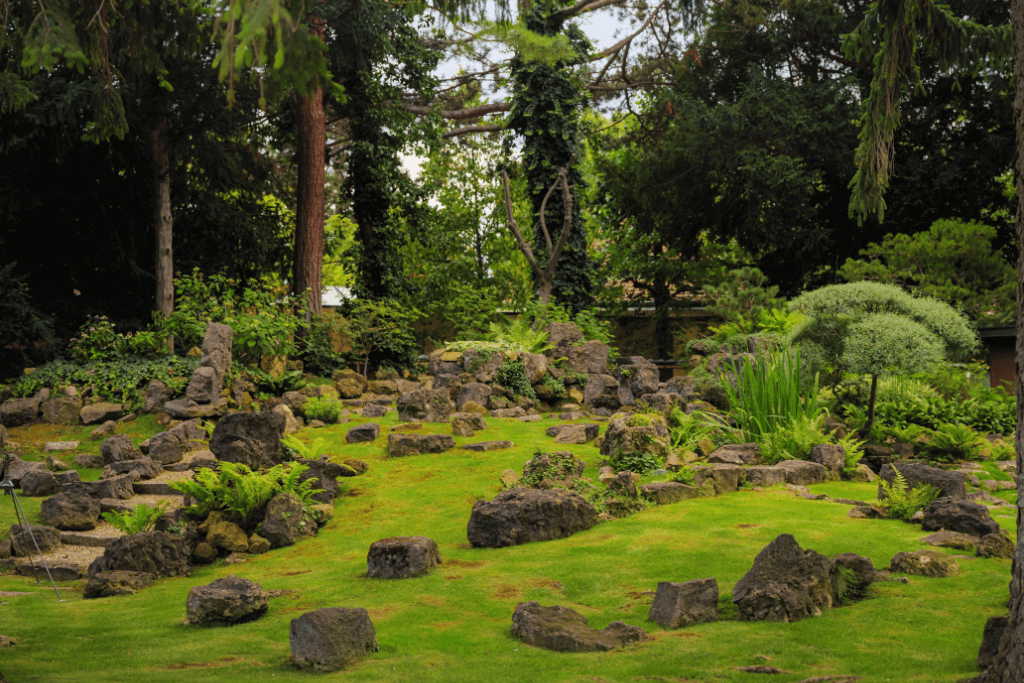
Japanese culture undoubtedly values pine trees for their evergreen nature, symbolizing longevity, steadfastness, and youth. In Japan, the pine tree symbolizes good luck and longevity. As a result, its imagery is common in various art forms, such as painting, poetry, and traditional crafts.
Pine motifs in architecture, interior design, and landscaping are also prevalent, especially about the New Year, as the pine is one of the “Three Friends of Winter,” along with bamboo and plum, symbolizing perseverance and renewal.All in all, the enduring presence of the pine in Japanese culture reflects its deep-rooted importance and symbolism.
Why are these traditional Japanese colors so important?
Generally, traditional Japanese colors have deep cultural and historical significance in art, clothing, and rituals and carry symbolic meanings. Moreover, some of these colors date back to the Asuka period (538 to 710) and have social hierarchy associations, with specific colors reserved for high-ranking officials.
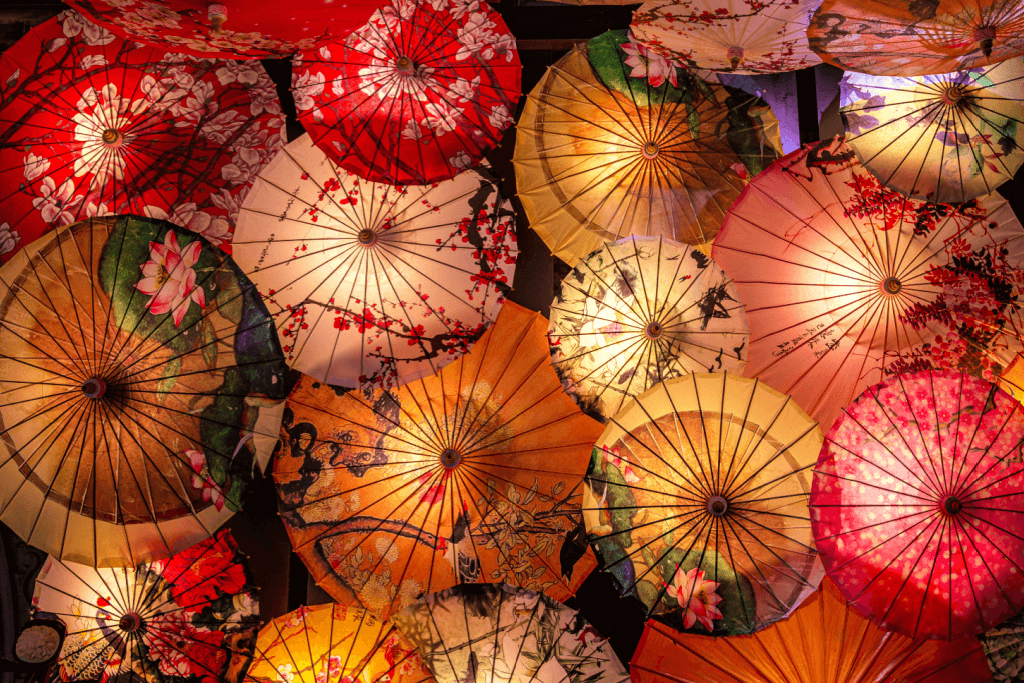
Understanding these colors provides insights into Japanese culture, history, and life and brings Japanese art and literature to life. These colors are undoubtedly still in rotation, reflecting their enduring importance in Japanese society. Which traditional Japanese color interests you the most? Are there any that we missed? Let us know in the comments below!


